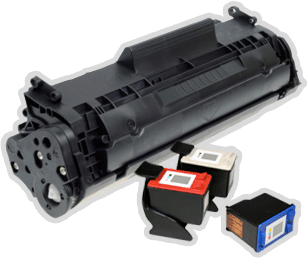Museums are unique spaces where historicity and technology can combine very effectively. There are essentially three kinds of museums: the aesthetic, or art gallery, the educational and those with a political ideologue. It is the educational form of the museum that can potentially benefit most from the use of innovative technologies such as touch screens.
The fixed nature of museum displays has long been a limiting factor in the museum space. Since the inception of the museum, curators have struggled to transcend museum exhibits and to offer visitors experiences that are un-tethered to physical nature of artefacts.
Only in more recent years has the technology become available to turn education museums into spaces that are well integrated, dynamic and individual.
Recently, at the Horniman Museum and Gardens in South London there was an exhibition about Neanderthals and other proto-humans. This small exhibition very successfully integrated touch screen technologies to deliver effective education to young museum visitors. Specifically, visitors were able to answer quizzes based around the exhibits using touch screen monitors.
There are lots of reasons why this works. For instance, unlike other technologies the touch screen is extremely intuitive, even younger users understand how to move their hands around the interface. The units are also very durable, and there is minimal risk of damage through excessive usage.
To conclude, touch screen terminals deliver information in a way ideally suited to the modern museum space, they are innovative, tactile and durable – helping to counterbalance the fixed nature of many museums displays.




